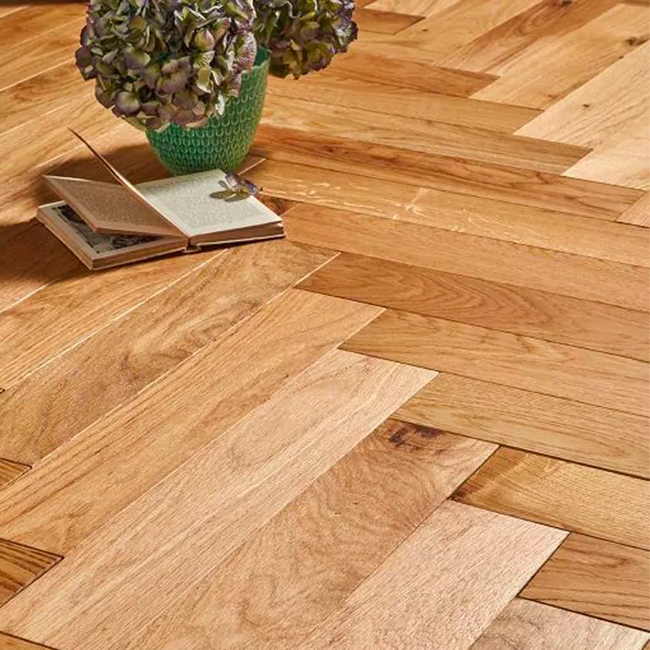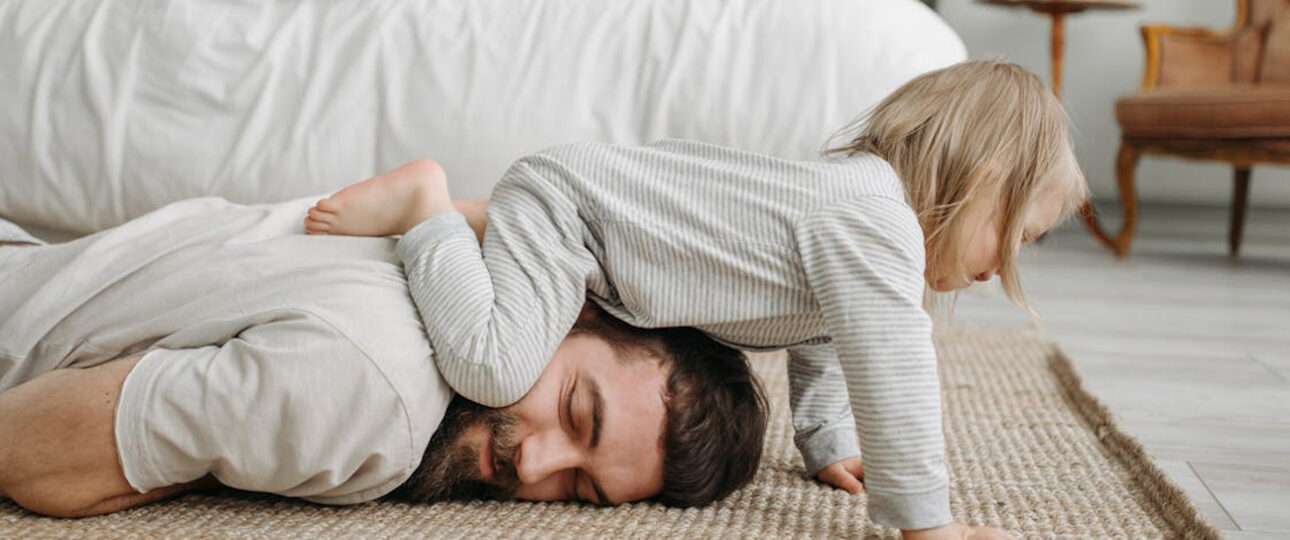Picture yourself in your newly refurbished home. You walk in to see pristine, freshly painted walls and run your hand across the plush velvet of your newly upholstered sofa—it looks perfect. Except that you suddenly find yourself wheezing and coughing!
This scenario is not what most of us imagine feeling when we renovate our homes. But for someone with allergies, this is a very real experience, especially if you don’t consider the materials going into the renovation.
With about 44 per cent of British adults struggling with at least one allergy, it’s important to make sure the flooring you select doesn’t exacerbate an existing condition. While you can’t control external factors, your home is a sanctuary where you should be able to thrive—complete with allergy-friendly flooring options.
Here are some that you should consider:
Engineered Wood Flooring

Few feelings can parallel the comfortable warmth of engineered wood floorboards underneath your feet.
But beautiful wooden floors don’t just bring a touch of rustic elegance to your home; they also provide you with an atmosphere where you can be safe from your allergies.
Whether you opt for solid or engineered hardwood flooring, no allergens will get trapped in your flooring. And with regular mopping, you’ll also be free from dust particles that sit on the surface, without having to worry about your floor absorbing contaminants or fumes.
Carpeting
The soft, plush feeling of carpeted flooring is a traditional choice for anyone who’s going for a cosy, rustic aesthetic in their home. Contrary to popular belief, carpeted floors aren’t always the bane of allergy and asthma sufferers’ existence.
When you’re selecting a carpet, make sure you pick one that doesn’t absorb dust, contaminants, and fumes around the room. Especially if you’re placing a carpet in a high-traffic area, you’ll have to be wary of dust getting kicked up with each footstep!
Wool or nylon carpets are hypoallergenic and don’t allow mould and allergens to thrive within their tufts. It’s imperative to pick an option that’s easy to clean so the residual dust doesn’t irritate your allergies. Carpet tiles, for instance, can be vacuumed—and even replaced—with ease.
Laminate floors
One of the UK’s favourite flooring options is laminate. And for good reason.
This material requires minimal maintenance while giving your home an elegant feel; the various colour and texture options provide a beautiful, comfortable experience. Laminate floors are made from layers of synthetic particle board, topped with an appliqué layer that gives them a classic wooden feeling.
Allergy sufferers can benefit from laminate flooring because, like wood, it doesn’t hold on to dust or mould. The easy-to-clean material isn’t prone to exposing you to dust that will trigger your allergies.
The one thing you’ll have to be wary of is the use of formaldehyde as an adhesive between the layers. This asthma trigger must be looked out for when you’re considering laminate floors.
Ready to renovate your home and create an allergy-free haven? Flooring King’s collection of flooring options will leave you spoilt for choice! From carpet tiles and laminate flooring to luxury vinyl tiles and engineered wood, we’ve got the best flooring choices you’ll find.
I have 5 years experience in the flooring industry and plenty more experience in managing operations of businesses. I have a great desire and passion for ensuring all operations from top to bottom run as they should. The flooring industry brings many challenges within my job role that I thrive on and with our vast range of brands and products every day is an exciting day.













